The best soil for a lucky bamboo plant is a bit acidic (6 to 6.5 on the pH scale), fertile, and well-drained soil so the entire plant can grow with amazing, lush foliage and healthy roots and stems.
For this, use a bit of organic potting soil mixed with perlite, charcoal, and orchid barks. This would result in a chunky yet porous soil structure, helping the plant to absorb vital nutrients from the soil.
Aside from that, learn more about the right soil for the lucky bamboo plant below, including the signs of using poor soil, making a soil recipe, how to care for the plant in other aspects, and more!
And don’t worry too much. After all, it’s one of the favorite low-maintenance plants of plant lovers!
Signs of Using Poor Soil for a Lucky Bamboo Plant
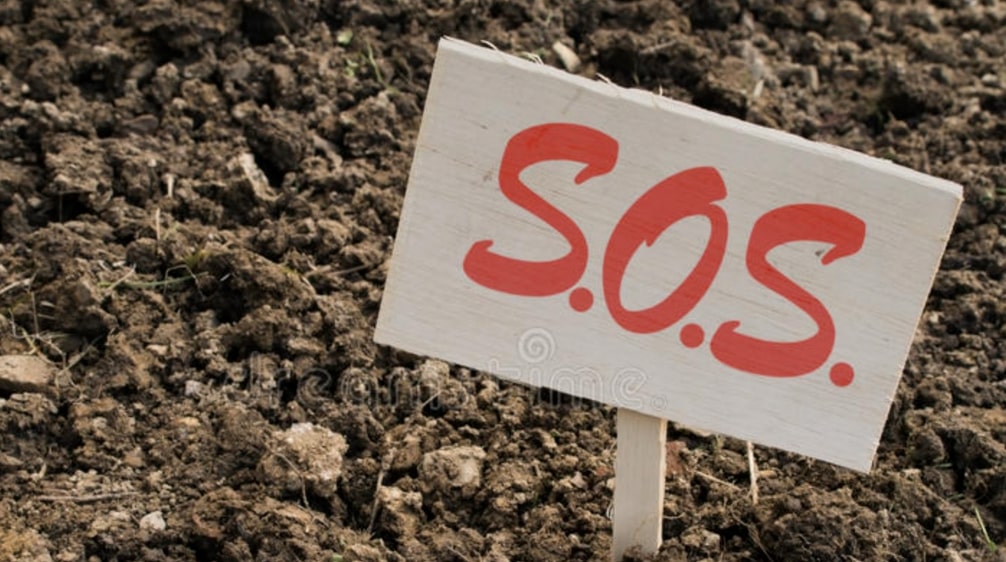

The most common sign of using the wrong soil for your lucky bamboo plant is yellowing or browning leaves and stalks as well as root damage, evident in the roots being brown and mushy.
When this unexpectedly happens, check first the drainage of the soil. Chances are the soil has been left wet due to the potting mix itself or that the container has no drainage holes.
Another reason why the foliage has turned yellow or brown is that the soil is too alkaline. But you can easily correct this by adding peat moss or pine bark fines into the soil.
So if your lucky bamboo suffers from both poor drainage or a high pH, simply repot the entire plant in a new and correct potting mix and container.
The Basic Lucky Bamboo Soil Components
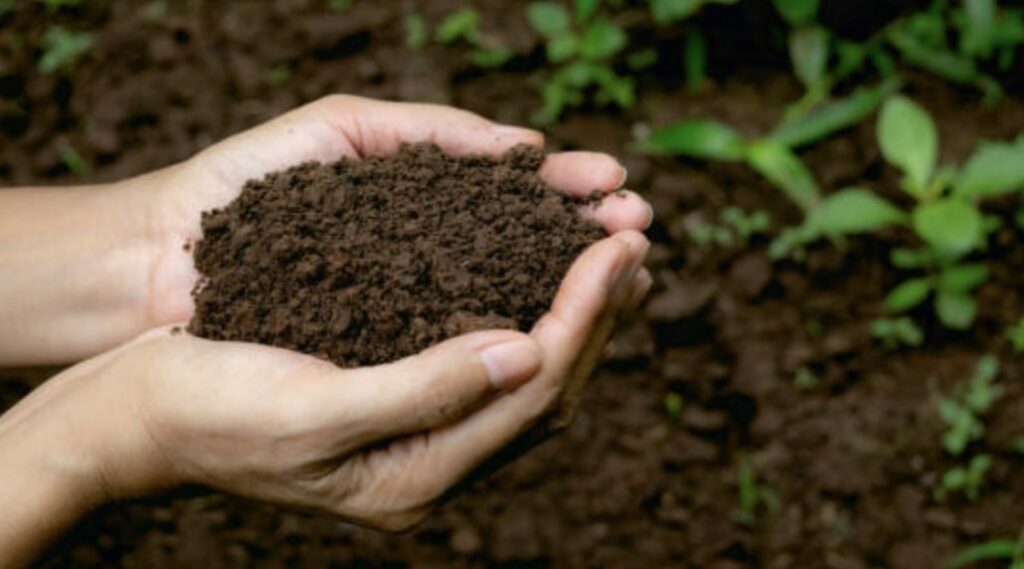

The perfect soil mix consists of ingredients, each of which can improve the soil’s texture, drainage, and aeration.
Some can even speed up the composting process to aid the plant’s absorption of nutrients underground.
The important thing to know is that each plant, depending on the genus and variety, requires a certain soil mix to thrive fully.
So here are some basic ingredients of a potting mix and what they are for:
- Sand – It makes the soil looser and lighter allowing for water to drain out of it at a moderate rate.
- Perlite – It’s a small volcanic rock that’s soft in structure. Its purpose is to enable the air to easily pass through the soil and to avoid storing excessive moisture in the soil.
- Charcoal – It’s a dark porous substance resulting from the burning of organic materials, for example, wood, without air.
It has a lot of benefits for the plant, such as eliminating toxic chemical buildup, protecting it from mold and odors, and repelling insects.
Charcoal is flexible in that it can be placed at the bottom of the pot container, beneath the soil, or amended into the soil.
- Orchid Barks – It’s a chunky material that enhances aeration, improves drainage, and resists soil compaction.
- Peat Moss – It’s a nonrenewable fibrous material mostly sourced from the wetlands of Canada.
It allows the soil to not become overly moist and drain out well. Gardeners often combine it with a kind of mineral, perlite, to boost its beneficial soil effects.
- Pine Bark Fines – These are small wood pieces taken from evergreen pine trees and shrubs.
It contains the substance lignin, which helps the soil to retain its shape, thereby resisting soil compaction and increasing its air passage.
- Coconut Fibers – This is another excellent ingredient made from coconut husks or shells. It improves the airflow in the soil but hardens more than peat moss.
- Vermiculite – It’s a yellow or brown mineral responsible for helping the soil to hold more water and moisture to prevent drying out quickly.
Furthermore, this will also provide more nutrients that enter from the soil to the root tips of the plant.
Lucky Bamboo Soil Mix Recipe
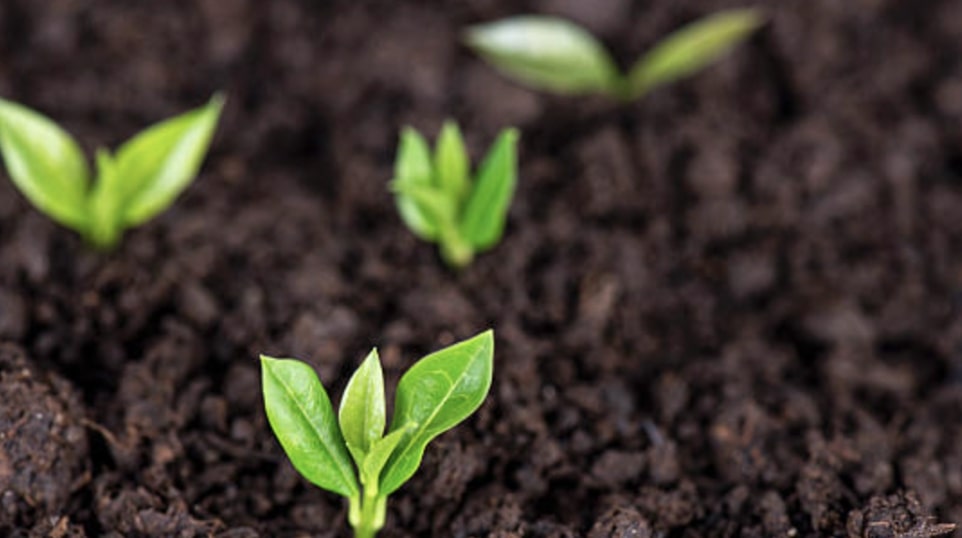

As you now know basic ingredients and what they can do for your soil and plant, you’re now ready to make the ideal lucky bamboo soil mix.
So, first, wear a pair of gloves and then mix the ingredients in the plastic or ceramic pot, water the soil until slightly moist, and put the seeds of the lucky bamboo plant or the plant in the pot.
And, remember, lucky bamboo soil must be humus-rich (organic), well-draining, and have very good aeration and drainage. Also, it should be slightly acidic within the pH range of 6 to 6.5.
What can I add to my potting soil for better drainage?
Now, here is a sample recipe for that:
- 2 parts loam or peat moss
- 1 part perlite
- 1 part sand
- 1 part pine bark fines
Do you want to buy a commercial potting mix instead? It would work, and we suggest buying cactus or succulent mix due to their sandy loam properties, which will be easier to prepare.
So, the recipe will look something like this:
- 2 parts cactus or succulent mix
- 1 part peat moss
Alternatively, you can follow our original recommendation as mentioned earlier.
- 1 part of potting mix (with peat moss, vermiculite, coco coir, or other combinations as long as you get the correct aeration or drainage)
- 1 part orchid barks
- 1 part charcoal
- 1 part perlite
How can I make my lucky bamboo grow faster?
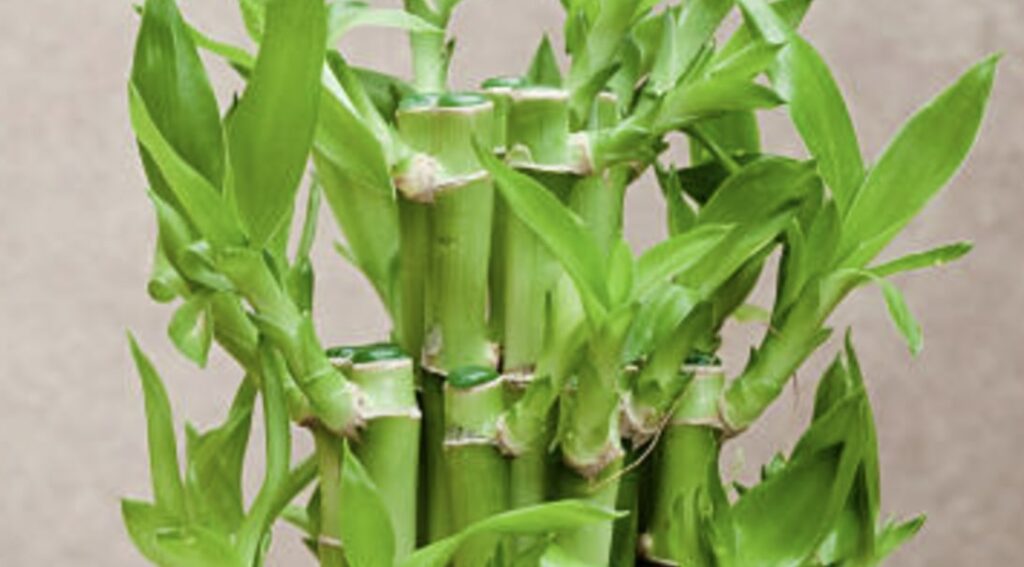

Here are other care aspects of a lucky bamboo plant besides the soil mix. Let’s take a look at them each in turn.
- Keep in indirect sunlight at 65℉ to 95℉ (18.33℃ to 35℃).
- Water once a week.
- Replace water often.
- Prune excess stalks or foliage.
Can lucky bamboo grow without sunlight?
Apart from the soil, the owner has to place the lucky bamboo somewhere it gets bright, indirect sunlight.
Rather than receiving too much light, it is better for it to receive too little. However, if you observe the plant becoming discolored or stretching out for the sun, relocate it to a part-sunny spot.
Growing Medium
If you want your lucky bamboo to last more than a year, plant them in soil. If you’re fine with them living for up to a year, you can plant them in water in a terrarium or vase.
For the second, keep in mind to use only clean distilled water. The plant is sensitive to tap water because, sometimes, it contains chemicals that can harm it: fluoride and chlorine.
Watering
Water the lucky bamboo only once a week a few inches deep enough to reach the roots. You might have to water it more often during hot and dry summers.
Temperature and Moisture
Keep it in a warm and moist spot outdoors or indoors at 65℉ to 95℉ (18.33℃ to 35℃).
If your home is dry, mist the bamboo leaves often to keep them moist and avoid pests. You can also switch on the humidifier and set it above 50% to benefit the plant.
Pot Cleaning and Water Replacement
And don’t forget to clean the vessel and replace the water often. This will keep the plants healthy by protecting the leaves and preventing an unpleasant odor as well as root and stem rot.
Pruning
Pruning the lucky bamboo plant is essential to keep it growing neatly and protect it from pests and diseases.
For this task, use only sharp and sanitized gardening shears to cut out its excess or spent stalks and foliage. You can start cutting off dead or diseased stems or leaves.
And afterward, it’s suggested to pour wax from a candle to seal the open sections of the plant (where the cut is made) to keep tiny pests at bay.
How do you propagate lucky bamboo?
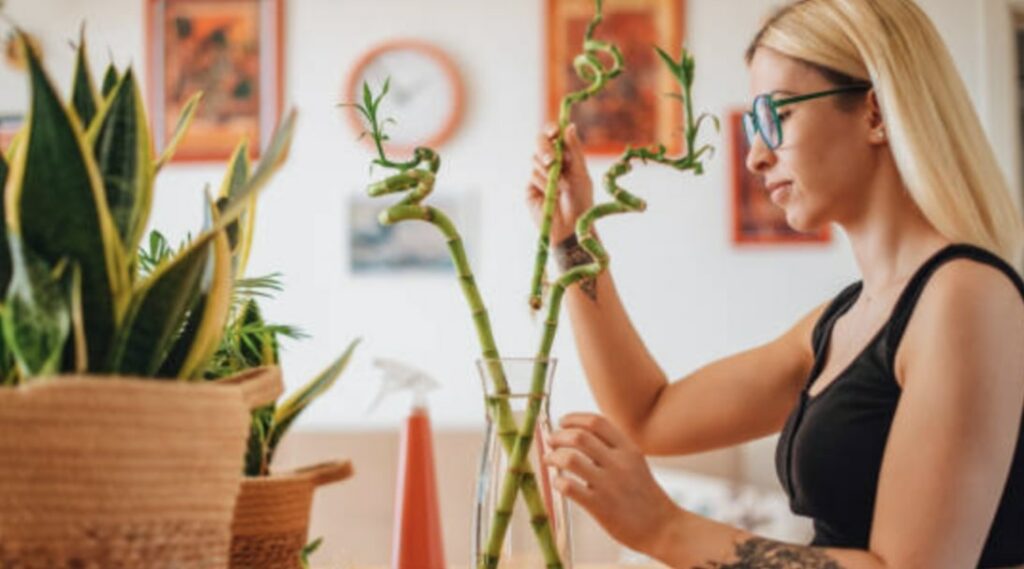

Propagating a lucky bamboo plant in soil is not that hard. To do this, follow the steps outlined below:
- Apply a rooting hormone to the end of the plant cuttings, though this is optional. Let this substance soak in for two to three hours or overnight.
- Transfer the cutting into a new pot with a lucky bamboo organic soil mix. Put it a couple of inches into the soil with at least one node situated below the soil line.
- Pat and firm the soil around the cut plant.
- Water lightly until the soil is a bit moist to help establish the cutting in its home. Water again until the soil is moist but not soaked.
FAQs about Lucky Bamboo Soil
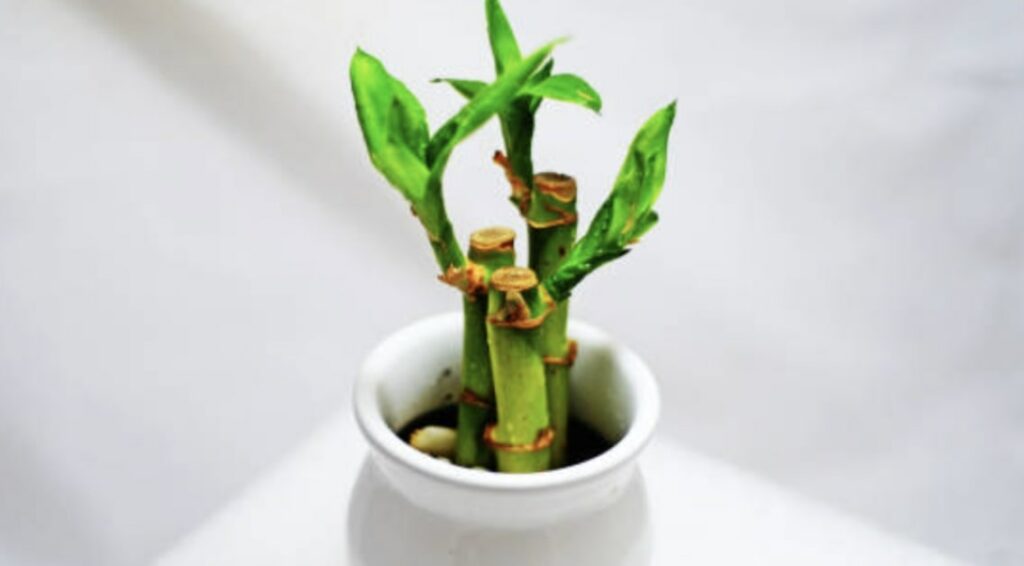

- Why do I have to choose the right soil for my lucky bamboo plant?
You have to choose or make the right soil for your lucky bamboo houseplant because it’s one of the primary requirements so these plants can live and prosper.
The right soil will provide them with sufficient water and air in order for the plant to survive. This then allows them to make food and convert them into energy with the help of the sun.
- Does the lucky bamboo plant like wet or dry soil?
The lucky bamboo plant likes neither dry nor wet soil. It likes moist and well-draining soil so it can gather the nutrients given to it.
Once the soil has become dry to the touch, it’s time to water it. Usually, it doesn’t need much water like other plants do, and watering it once a week often already suffices.
- Why does the lucky bamboo soil have to be well-draining?
It has to be well-draining because otherwise, the water will not or find it hard to pass through to the roots. What happens then is the soil will become overly moist, which isn’t good.
Soggy soil will result in yellowing leaves and root rot. The root will become brown and pulpy, which can eventually lead to the plant’s weakening and increased susceptibility to pests or mold.
- Does a lucky bamboo prefer deep pot vessels?
A deep container isn’t needed. Besides, it can contribute to making the soil damper than needed due to the extended depth of the soil.
However, the planter or pot should be twice the diameter of the plant’s root ball to provide ample space for the plant to grow and flourish.
And don’t use shallow bowls either. Use only ceramic or terracotta pots for soil-based lucky bamboos with or without decorative stones and a tall glass vase for water-grown bamboo plants.
- Does the potting container influence the soil you should use?
The potting container can influence the right soil mix for the lucky bamboo plant. Since plastic and ceramic pots are porous, you can use soil in them that’s slightly less well-draining.
In contrast, some ceramic pots are also glazed, which makes them very non-porous, though they are made of clay.
What’s more, we advise getting a pot with drainage holes on them so the water can flow through at a moderate rate, which is good and healthy for the soil.
- When do I have to change my lucky bamboo’s soil?
Pay attention to the negative outward signs of the lucky bamboo. If you see yellow leaves or brown stems and stringy roots, change it immediately.
These typically indicate that the plant must have been overwatered and affected by root rot. And the best solution for this is to change the lucky bamboo plant with one that can aerate and drain well.
The easiest way to improve its drainage and aeration is to add a bit of sand, perlite, or pine bark fines into the soil.
- What soil should I use when repotting a lucky bamboo?
Whether you are planting lucky bamboo from seeds, transferring or propagating it, the same soil must be used, which to say it has to be slightly acidic, organic, and well-draining.
When you’re repotting the plant, make sure to keep its new soil moist for the first few weeks to help it adjust to its new environment or, in other words, prevent transfer shock.
- What premixed soil can I get for a lucky bamboo plant?
A lucky bamboo plant prefers nutrient-rich and great-draining soil that’s a bit acidic.
Some great pre-made potting mediums you can get from certain nurseries, garden centers, or florists are The Valley Garden Cactus and Succulent Soil, The Succulent Cult Organic Succulent and Cactus Mix, and Dirtco Lucky Bamboo Soil.



